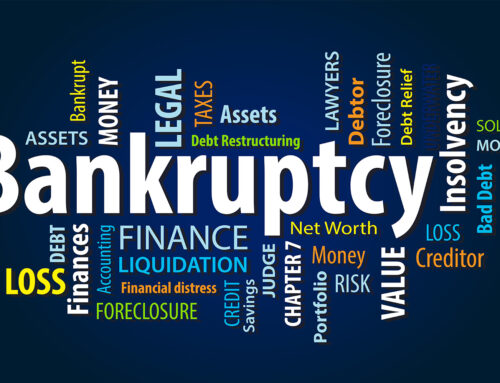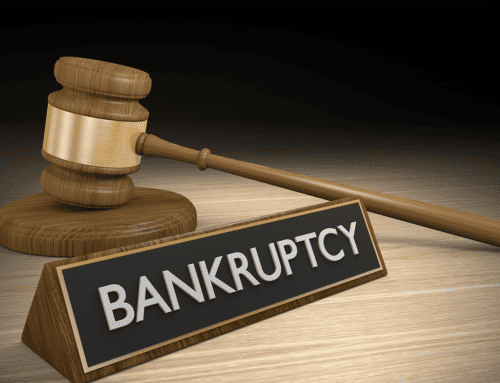In a nutshell, the bankruptcy means test determines whether you’re eligible to file for Chapter 7 bankruptcy. Like most things in life, however, it’s not that simple—the means test factors in a couple underlying “tests” to determine your ultimate eligibility. The underlying factors include things like income, your expenses, and even the size of your family in an attempt to ascertain whether you have enough income to pay off your debts without a bankruptcy filing. With that in mind, you may think it is challenging to “pass” the test.
Background and Overview
Indeed, the test was designed to eliminate unnecessary and even fraudulent filings. However, most people burdened by debt can easily pass the test. In fact, The test simply substantiates the bankruptcy filing. The test determines whether you are allowed to file a Chapter 7 bankruptcy, or if not, Chapter 13. If you want to keep your major assets, then filing for a restructuring of that debt through a Chapter 13 can allow you to pay off those things and keep them. Keep in mind that major assets include things like your home and your car instead of smaller purchases.
The point of the test is really to ascertain whether you have any disposable income that could be used toward paying off your debt, and if so, how much. The test does not apply to businesses but to those who carry consumer debt, which largely consists of medical bills, credit card debt, and the like. Should you decide you want to keep assets and work toward repayment in the form of a Chapter 13 filing, the test helps identify a repayment schedule.
There are two parts to the Means Test: the median income test and the disposable income test. Your bankruptcy attorney performs the test and fills out the forms on your behalf with your input.
The Median Income Test
If your household income is less than that of your state’s median income, you are eligible to file Chapter 7. The test measures income over the past six months. However, it is important to note that changes to income within the past six months are considered. If you recently lost your job, or on the contrary, if you recently accepted a new position at a higher salary, both situations are taken into account along with your past six months of income history. You can find state median income from a variety of online sources. This median income chart for California captures nearly 30 years of data, including information through 2019.
If your household income is below that of your state’s median income (in this case, California), you can file Chapter 7 bankruptcy, and there’s no need to go further. Most people who consider bankruptcy find that they are, indeed, below the median household income level. However, if you are not, you can take the second part of the test.
Prove Your Lack of Disposable Income With Evidence of Expenses
If you don’t pass the first part of the Means Test, you may still qualify for bankruptcy, but you will have to perform due diligence and demonstrate that you lack disposable income with evidence of your expenses. You’ll need to document all your allowable expenses over the past six months. Allowable expenses include the cost of rent, clothing, childcare, groceries, medical bills, and more. Your attorney can tell you what types of expenses are allowable, but you will have to do much of the legwork to gather the information.
Receipts and statements go a long way toward documenting your expenses. Conflicting amounts and forgotten expenses left uncaptured are two ways in which you can do more harm than good in your fact-finding and reporting. One way to look at this exercise is to compare it to taking the standard deduction on income taxes versus an itemized list. The test is like the itemized list. If it demonstrates that your disposable income is low, Chapter 7 bankruptcy may still be an option.
Brent George Law can answer any questions you have and can help determine your best course of action. Help is available to you, and you are not without options. Contact us today for a free consultation.






